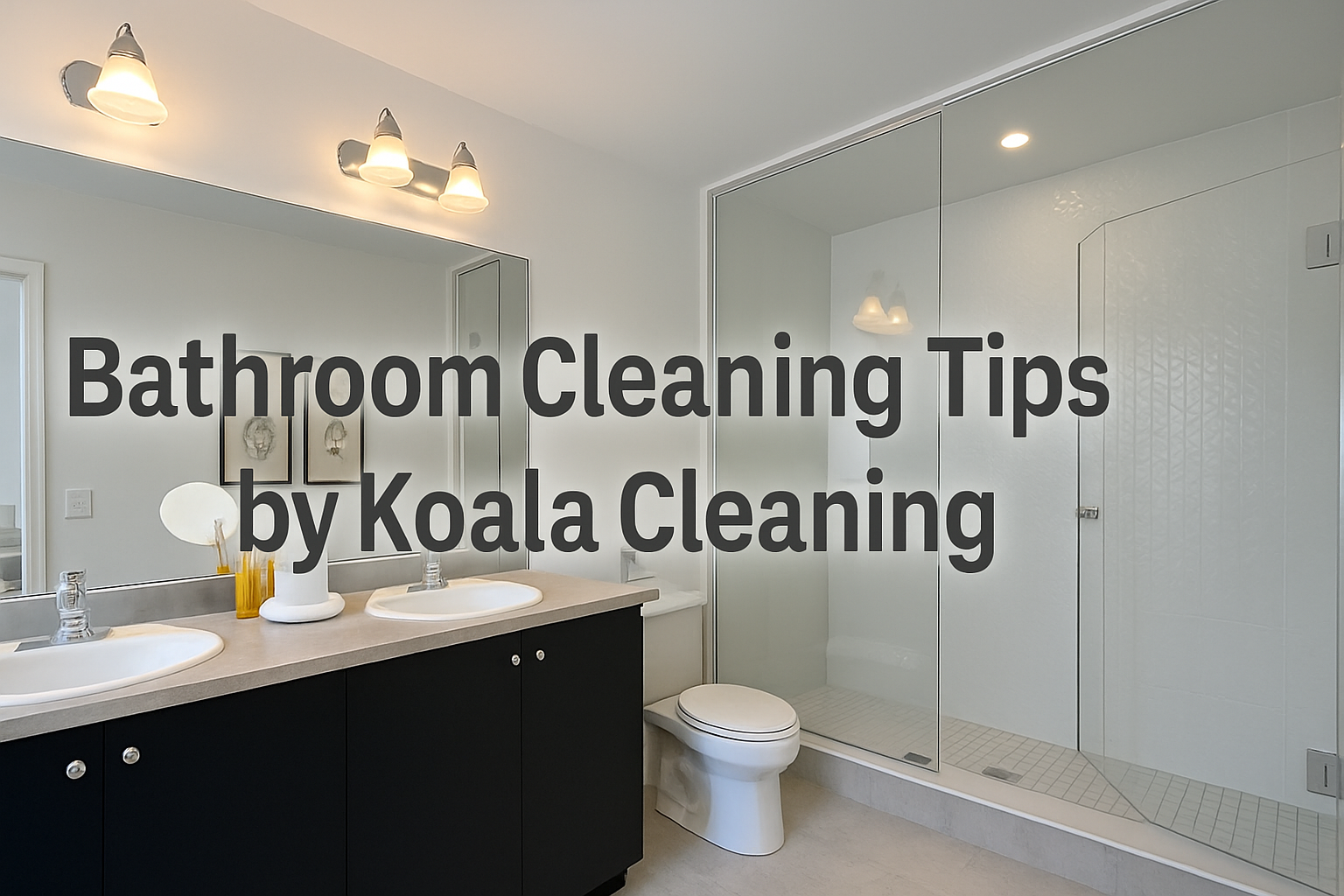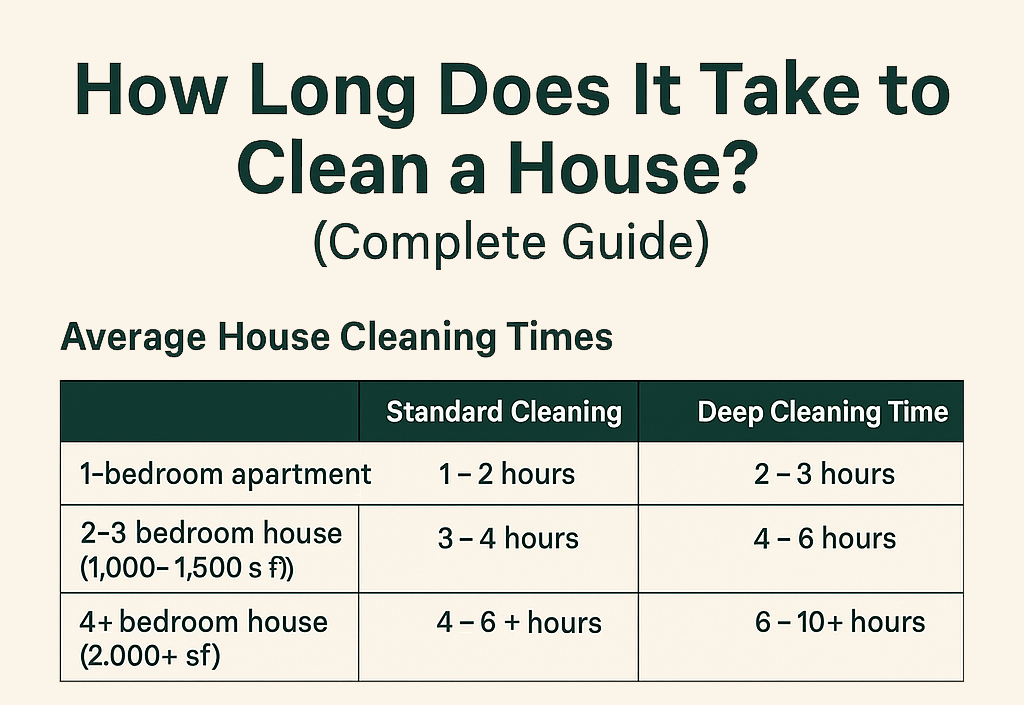
Why Is My Apartment So Dusty?
Struggling with a Dusty Apartment? Here’s Why It Happens and What You Can Do About It
If you find yourself constantly wiping down surfaces only to have them coated in dust again the next day, you’re not alone. Many apartment dwellers ask the same frustrating question: “Why is my place always dusty?”
Dust builds up quickly in enclosed spaces, especially in apartments where airflow is limited and surfaces are close together. It’s not just about appearances either. Dust can irritate allergies, impact indoor air quality, and contribute to respiratory problems over time. Whether you’re in a brand new high rise or an older walk up, dust is a common and persistent problem.
This in-depth guide explores where dust comes from, why it tends to build up faster in apartments, and what you can actually do about it without spending every day vacuuming.
What Is Dust Made Of
Most people assume dust is just dirt or soil tracked in from outside, but it’s actually a mix of many things, including:
• Dead skin cells
• Fabric fibers from clothing, furniture, and rugs
• Hair (both human and pet)
• Pet dander
• Pollen from outside
• Insect parts
• Soot and smoke particles
• Microscopic plastic particles
• Airborne particles from cooking oils and household cleaners
In short, dust is a combination of whatever floats around in your indoor air and eventually settles on surfaces. Since apartments are enclosed spaces with limited airflow, these particles collect quickly and hang around unless you take proactive steps to remove them.
Why Apartments Get So Dusty
Several factors make apartments especially vulnerable to fast dust buildup:
1. Limited Ventilation
Unlike detached homes that may have more airflow from multiple levels and windows, apartments often have limited windows and no attic or basement. Without proper airflow, dust settles instead of circulating out.
2. Dry Indoor Air
Dry air allows particles to stay suspended longer. This is especially noticeable in winter when heating systems dry out the air. Without enough humidity, dust becomes airborne more easily and spreads around your apartment.
3. Synthetic Surfaces and Furniture
Many apartments are filled with particleboard furniture, synthetic upholstery, and microfiber surfaces. These materials shed microscopic fibers constantly, adding to the dust load.
4. Foot Traffic and Rugs
Carpets and area rugs trap dirt, hair, pollen, and everything else you track in from outside. If you don’t vacuum often or properly, dust builds up below the surface and eventually spreads into the air again as you walk over it.
5. Pet Hair and Dander
If you live with cats, dogs, or any furry pets, you’re dealing with an additional layer of dust composed of their shedding fur and dander. This alone can double the amount of cleaning you need to do.
How to Reduce Dust in Your Apartment
Now that you know where the dust comes from, here’s how to actually reduce it. The key is creating a regular cleaning system that targets both surface buildup and airborne particles.
1. Vacuum the Right Way and Often
Use a vacuum with a HEPA filter, especially if you have carpets, rugs, or pets. These filters trap microscopic particles instead of blowing them back into the air.
Vacuum high traffic areas two to three times per week
Vacuum under furniture and beds at least once a month
Don’t forget upholstered furniture, cushions, and curtains
Vacuuming properly is one of the most effective ways to reduce settled dust and allergens.
2. Dust Strategically
Use microfiber cloths or damp rags to dust instead of dry cloths or feather dusters. Dry dusters often just spread particles around. A slightly damp microfiber cloth traps the dust and removes it entirely.
Pay special attention to:
• Blinds and windowsills
• Light fixtures
• Ceiling fans
• Baseboards
• Bookshelves
• Electronics (which attract dust due to static)
Dust at least once per week in high traffic areas.
3. Clean or Replace Air Filters
If your apartment has an HVAC unit, portable AC, or an air purifier, make sure you’re changing or cleaning the filters regularly.
HVAC filters should be changed every three months (or monthly if you have pets or allergies)
Portable air purifiers should have their filters checked or replaced as recommended
Range hoods and bathroom fans should be cleaned every few months
Clogged filters don’t just reduce airflow, they start recirculating dust.
4. Wash Bedding Weekly
Your bed is a magnet for dust mites and skin flakes. Washing your sheets, pillowcases, and duvet covers weekly can significantly cut down on airborne allergens.
• Vacuum your mattress once a month
• Wash throw blankets and decorative pillows every few weeks
• Follow care instructions on pillows and comforters (wash them every three to six months)
5. Declutter
Dust loves clutter. Books, cords, paper piles, and random objects all trap dust. Keep surfaces clear and minimize unnecessary items to make cleaning faster and more effective.
6. Brush Pets Outdoors
If you have pets, groom them regularly, ideally outside. Brushing reduces loose fur and dander that would otherwise end up in your carpet, on furniture, and in the air.
7. Use an Air Purifier
A good air purifier with a true HEPA filter can make a noticeable difference in your dust levels. Position it in rooms where you spend the most time, like the bedroom or living room. It will pull in dust, pollen, and dander and trap it before it settles.
Bonus Tips for Long Term Dust Control
• Remove shoes at the door to stop dirt from spreading indoors
• Keep windows closed on windy days to reduce pollen and outdoor dust
• Wipe down surfaces after cooking since grease causes dust to stick
• Use doormats inside and outside to trap particles early
• Mop hard floors weekly since dry sweeping stirs up dust
How Often Should You Clean
Here’s a basic cleaning schedule to keep dust under control:
Daily
Wipe counters and kitchen surfaces
Spot clean visible dust
Brush pets if you have them
Weekly
Vacuum floors and furniture
Dust shelves, electronics, and baseboards
Wash bedding
Mop hard floors
Monthly
Vacuum under furniture
Wash curtains or dust blinds
Clean vents and ceiling fans
Replace or clean air filters
Final Thoughts
Dust is an unavoidable part of life indoors, especially in apartments. But that doesn’t mean you have to live with it piling up everywhere. With the right combination of regular cleaning, proper tools, and small habit changes, you can drastically reduce dust in your space and breathe easier because of it.
It won’t happen overnight, but once you get a system in place, you’ll spend less time cleaning and more time enjoying a fresher, cleaner apartment.




